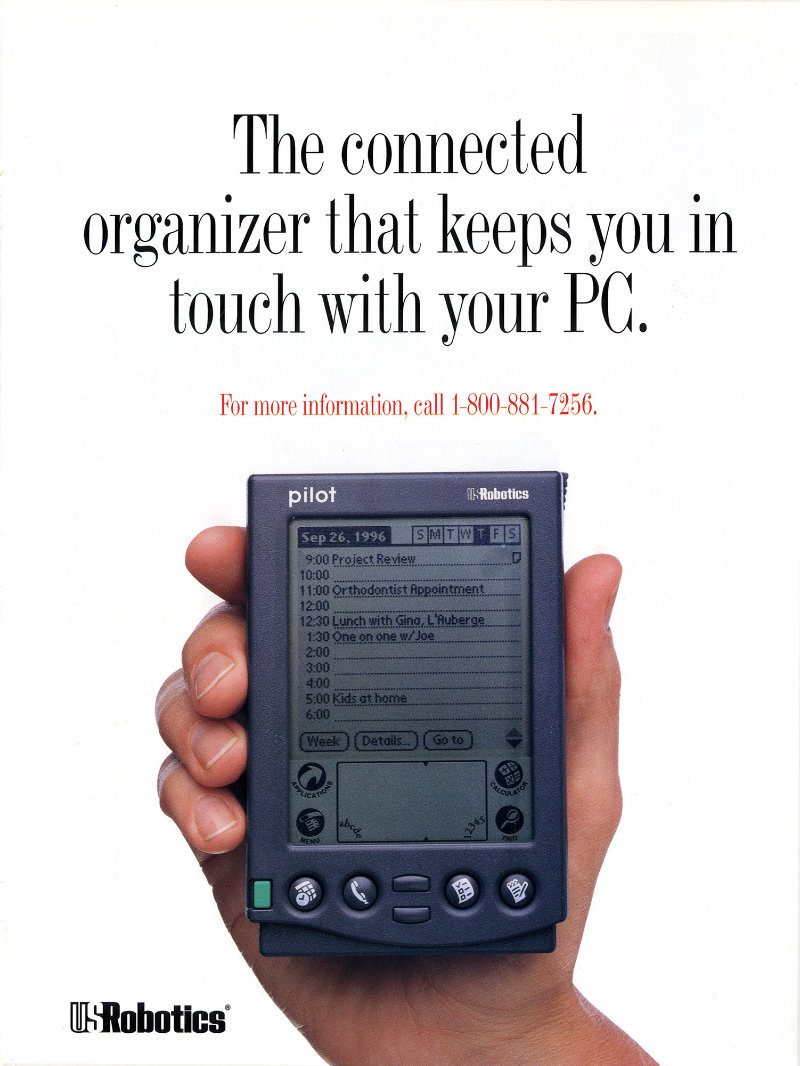Back in the 80s when no one knew what the Internet was, and everyone was a two finger typist, efforts to better the interface between humans and computers revolved around the pen, or stylus. Replicating the humble pen and paper seemed like the most natural solution to a huge problem.
Developing a strong application or brand experience revolves heavily around the user interface devices chosen for the task. Here we examine the history and evolution of the stylus.
BILLIONS of dollars were pumped into pen-based mobile computers, but sadly, most of them flopped. Devices like Apple’s Newton MessagePad 100, and the EO Personal Communicator, despite being sophisticated and elegant, were expensive, big, slow and most importantly, and annoyingly, didn’t recognise anyone’s handwriting.
Not until the mid-90s and the emergence of PalmPilot did stylus software and hand writing recognition begin to take off in a big way. PalmPilot saw the problems their predecessors encountered and approached the challenge from a different direction. They did away with the standard alphabet, in favour of custom input method named Graffiti. Graffiti required users to relearn how we wrote the alphabet and numbers following some pre-defined, simplified motions. While this streamlining made character recognition easier, and many tech savvy folk took to Graffiti like drunks to kebabs, your average punter struggled to learn the unique interface, and as such Palm never quite lived up to its early promise.

Apple raised the bar with touch screen technology in the 2000s, virtually cornering the market with the release of the multi-touch, finger sensative iPhone and then the ubiquitous iPad. Apple had been dabbling in the tablet market for quite some time before, with the aforementioned Newton MessagePad 100, and the prototype PowerBook tablet, the PenLite. Many thought that this signalled the end for the stylus interface, but they couldn’t be further from the truth.
Graphic tablets, styli and pen interfaces are becoming more and more popular. Many users prefer them to the more traditional mouse. For a start they are faster and more efficient.
They are a more ergonomic interface and users suffering from repetitive strain injury or tendinitis suffer less when using a tablet. Because of their user interface, graphics tablets allow users in East Asia to write in Chinese, Japanese or Korean characters, providing a far more natural interaction with computers than typing on a keyboard. Graphic tablets are also predominant in the art world, providing users with a far more natural feel and a much more precision than they would get with a traditional mouse or with finger controls, and Wacom continue to increase their dominant product range to now include blended tablets, or tablets meeting tablets if you will; the Companion Hybrid is an example of this.
These days handwriting recognition software is virtually flawless, with new kit like the Adonit Jot Script Evernote Edition Stylus promising the closest and most accurate representation of writing or drawing with a pen on paper. Microsoft, who with their latest iteration of the Surface, have tried to blend multiple user modes in to the single device; the laptop, the tablet, and the stylus handwriting interface.